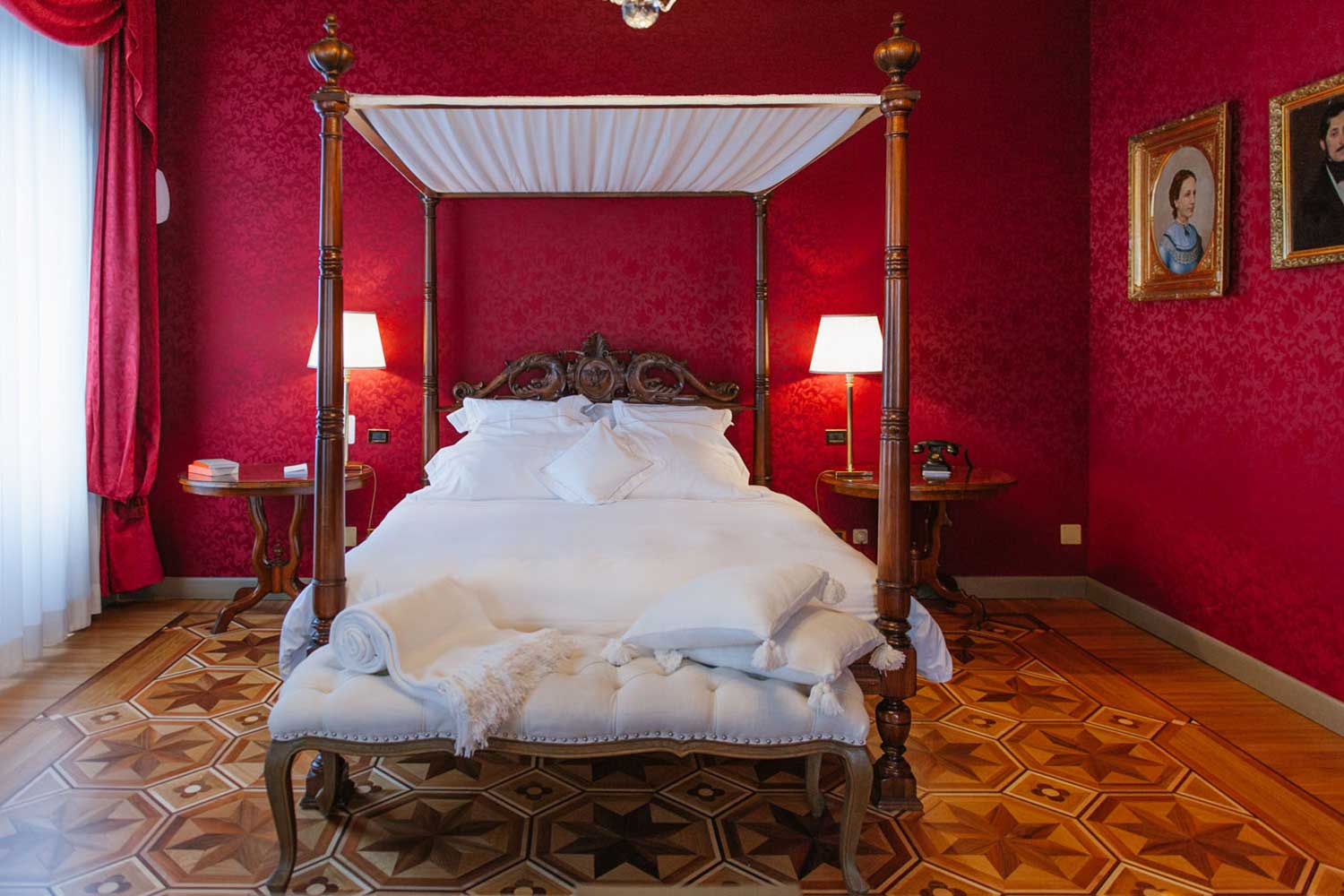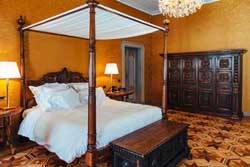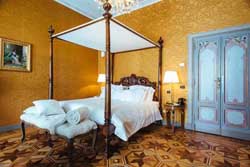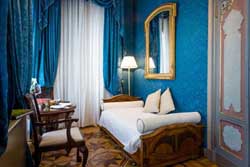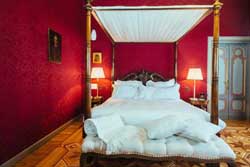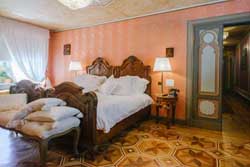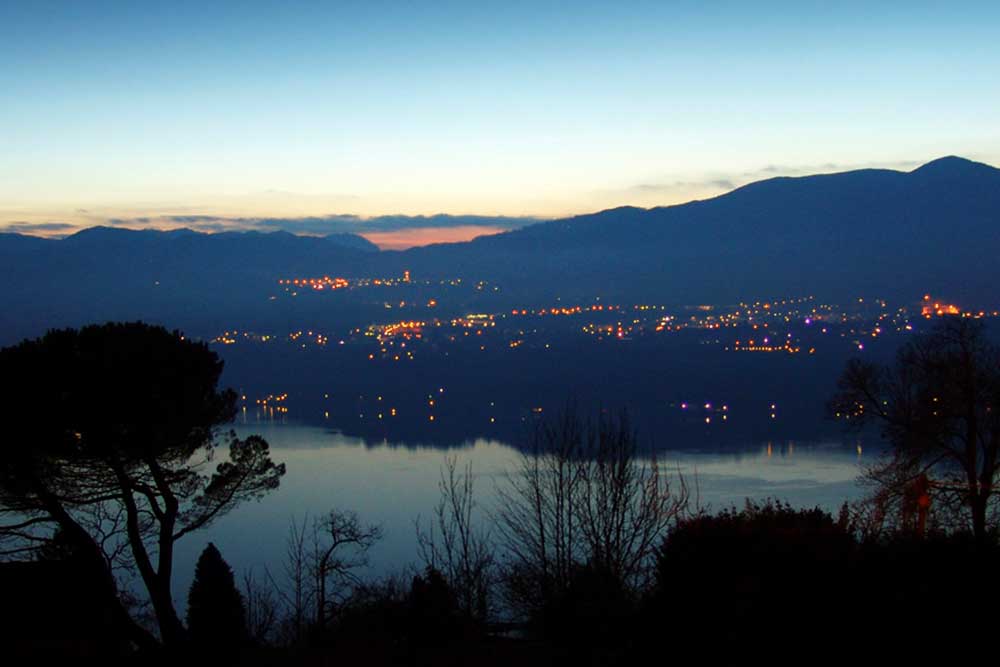
Discover San Maurizio d’Opaglio, the main city in Italy for the production of taps and fittings.
San Maurizio d’Opaglio is a town in the province of Novara, Piedmont, nationally acknowledged as the capital of taps and fittings.
Town in the province of Novara, is famous for its manufacturers of taps and fittings. This characteristic town sits in the South-Western region of Lake Orta and its history is not too ancient.
The History
San Maurizio d’Opaglio foundation dates back to 1568: the ancient villages of Briallo (Riallo), Lagna (Alagna) and Opaglio (Opallium or Upai) came together. The consecration of the Parish of San Maurizio came only in 1590.
Still, the devotion to San Maurizio precedes these years: a 1537 cadastral survey highlights the presence of a church dedicated to San Maurizio in the district of Briallo.
Before the construction of the Parish, the territory was a feudal property, which a castle defended. However, Novara’s Ghibellines destroyed the castle, together with other ones, in 1311.
The past of this town witnessed a significant presence of stonemasons: this happened after the industrial exploitation of the white granite quarry, coming directly from Alzo di Pella. Several inhabitants went working in these quarries. This activity exponentially grew until World War I, when a slow decline began.
After the decline of stonemasons, the rise of tap and fittings manufacturers began. The first manufacturer came in 1920, and, in the second post-war period, the sector expanded rapidly. This expansion was the reason why this hamlet was elected the Italian capital of taps and fittings.
What to see?
One of the cultural elements that are a symbol of San Maurizio d’Opaglio is the Museum of Taps and of its Technology, which the municipality founded in 1995. The Museum centers on the permanent exhibition of “The Mankind and Water,” which rattles off the relationship between human beings and water.
The museum sits inside of the Church of San Carlo Borromeo: this sacred place was built in the first couple of decades of 1600, when the black plague raged in Europe. To ward off illness, believers turned to the Saint, to whom they dedicated the Church, the altar and the paint “Madonna col Bambino, San Carlo e San Grato.”
The Parish of San Maurizio is also worth visiting. Since 1568, the Parish went through important restoration works, which aimed to beautify the exterior and the only aisle present.
For what concerns the civil architecture, on the contrary, you should visit Ponte Romano, Casa Brioschi, and Palazzo Bettoja. On the third Sunday of September, San Maurizio d’Opaglio hosts a festival dedicated to the Saint, d the citizens express their devotion towards this Saint Maurizio.


